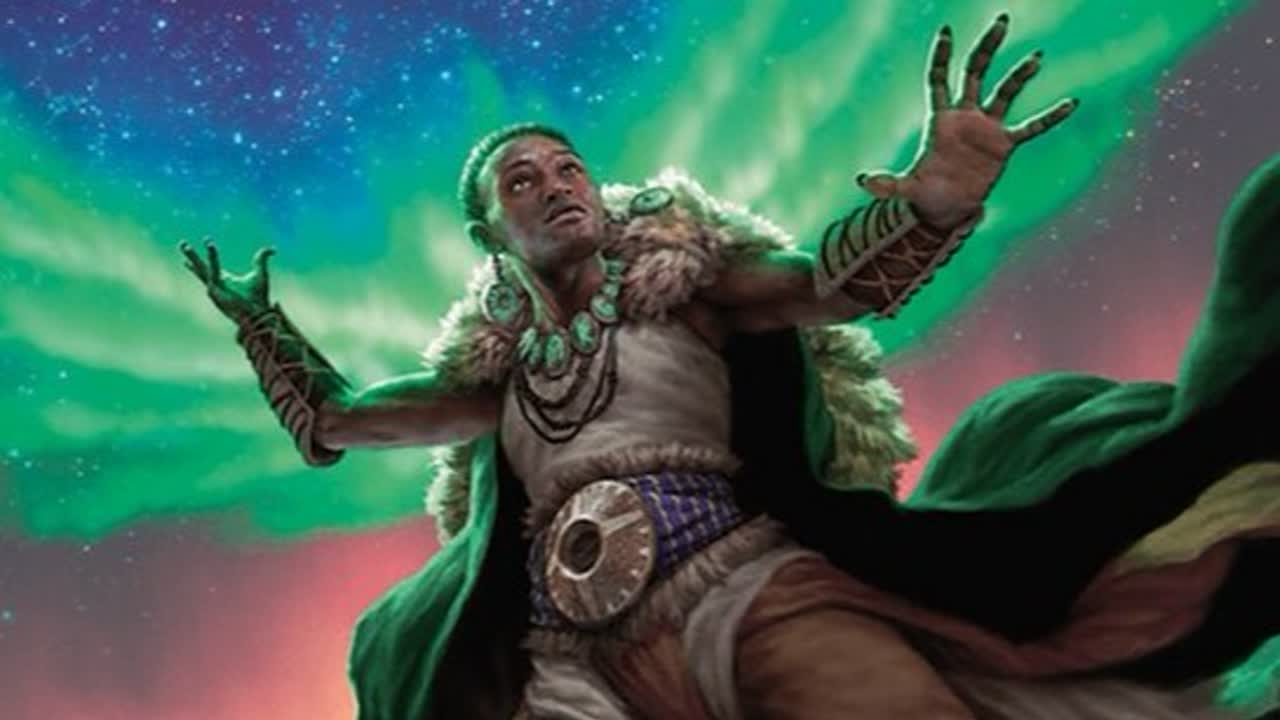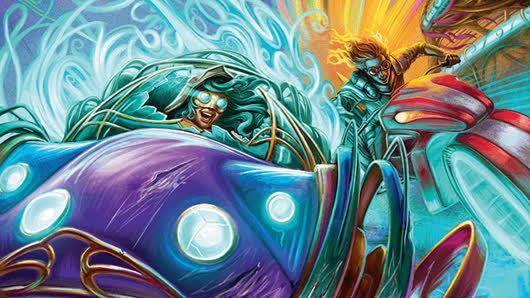Over the past months Historic didn't see many shifts in the metagame but since the release of Modern Horizons 3 many things have changed. Among the new decks, Boros Energy is definitely the one that is most based on the cards introduced by Modern Horizons 3. Right now the archetype is the most popular in the format with a meta share of around 38% and an overall winrate of around 72%: pretty impressive data if we consider the pool of cards available in the format. But what was the impact on the rest of the metagame? For example Izzet Wizards went from a meta share of around 25% to a meta share of only around 10%. We can notice a similar result for Mono-Green Devotion that went from 18% to 10%. Rakdos Vampires went from 9% to 5%, Dimir Ninjas went from 3% to only 1% and Azorius Artifacts seems to be completely disappeared (at least for the moment) from the meta. The presence of this new archetype has had a strong impact on the winrate of the decks just mentioned: their winrates all began to fall in favor of Boros energy.
What’s the deck plan?
The deck is basically an aggro deck that wants to end games really fast but contrary to many other aggro decks it also has the tools to win grindy matchups. In fact cards like Unstable Amulet and Ajani, Nacatl Pariah // Ajani, Nacatl Avenger really help whenever things don't go as planned and games last longer than expected.
Card Choices
The Removal Spells
The deck doesn't need many removal spells and both of them generate Energy to fuel the deck while also dealing with enemy threats. Galvanic Discharge is really flexible as we might kill both small or big creatures depeding on how much energy we have. Whenever we kill a small creature most likely we'll get to keep some energy as well that can be used later for other cards. Static Prison, on the other hand, is a temporary and cheap answer to every nonland permanent: it won't last for the whole game but given the speed of the deck it will generally be enough to close the game before it gets sacrificed.
The Cats
Why does the deck needs cats? The answer is pretty simple: you want to flip Ajani, Nacatl Pariah as fast as possible in order to start dealing huge amount of damages thanks to the +0 loyalty ability. Ocelot Pride becomes really useful in flipping Ajani, Nacatl Pariah as it is a cat generator. On top of that if combined with Guide of Souls can really develop huge amounts of cats in just a few turns. Ajani, Nacatl Pariah is an incredibly strong card even when not flipped as it gives us two bodies that are really helpful within the artchetype context.
The other Energy Generators
Guide of Souls is probably the most important card of the deck as it does 3 different things: it generates energy, it gains life and it can buff our creatures. This card alone can really shift races in our favor and I think this card had a huge impact on the fall of Izzet Wizards. Aggro matchups becomes much easier thanks to Guide of Souls and grindy matchups can take advantage of all the energy generated from it. In this deck Amped Raptor is always guaranteed to hit something as the deck is filled with 1 and 2 mana spells. Unstable Amulet is another way for the deck to win games apart from the basic plan to attack with creatures. In fact it's a card that cycles itself and can easily snowball games whenever many Amulets are onto the battlefield at the same time.
The Flexible cards
Esper Sentinel is a great tax card but not every deck is playing it: some people are packing more cats or more life gain spells while others are just playing more removals. I think all the options are valid right now. The same is true for Jolted Awake: many people are playing other creatures over it. Phelia, Exuberant Shepherd among these 5 cards is the one that is played the most. I believe that the reason why this is happening is that it can egenerate a lot of value by boucing cards like Amped Raptor, Unstable Amulet, Static Prison and Ajani, Nacatl Pariah // Ajani, Nacatl Avenger as well. Goblin Bombarment is probably what the deck needs to win against control decks: it can flip Ajani, Nacatl Pariah really fast and it also helps whenever the opponent plays a mass removal spell. Personally I think that 4 Aether Hub might be a little too much for the mana base even though the energy generated can be really useful.
The Sideboard
I think the sideboard is pretty intuitive in this case but let's go step by step.
Brave the Elements is a cheap card to protect our creatures against removal. Suncleanser is really good in the mirror. Meltdown is needed against artifacts deck. Fragment Reality is a cheap removal that can be really useful in many different matchups. Invasion of Gobakhan really shines against control decks as it slows them down while Unlicensed Hearse is just a way to deal with graveyards.
Conclusions
At least for now the deck seems to be the new King of the format and with a Metagame Challenge coming on Arena this weekend I would definitely recommend the deck. I don't think the deck has awful matchups even though control decks can be a problem. So far I've also seen some Mardu versions of the deck and I think there is still so much to explore in the format. I would not be surprised to see a sacrifice version of the deck as well as some interactions with Soring of House Markov.




















